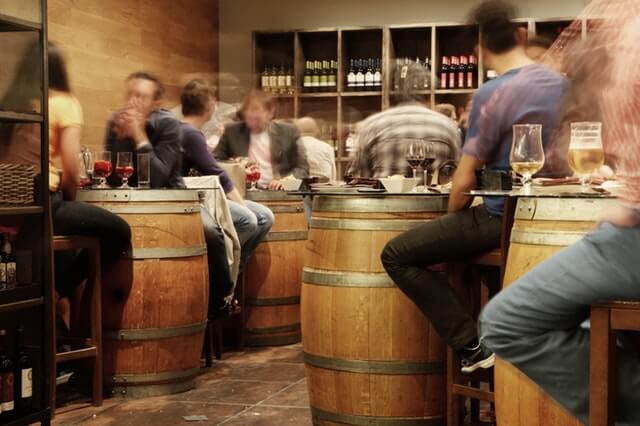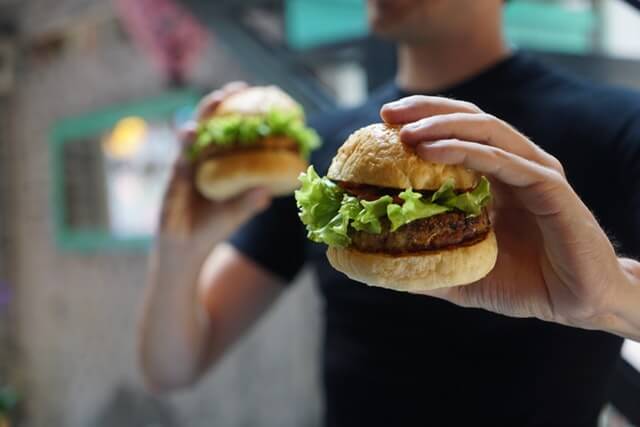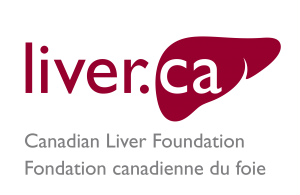Give Your Liver A Break

Give Your Liver A Break
The holidays are a time for celebration and with that often comes overindulgence in both food and alcohol. In the UK, there is a trend toward giving up alcohol during the month of January. Although this idea of ‘giving the liver a break’ is a good one, returning to unhealthy habits afterward can cancel out the benefits.
If there’s one thing that most people understand about the liver, it’s that it serves as the body’s liquor control board. When you have a glass of wine, beer or other liquor, the liver is in charge of processing this alcohol and detoxifying the blood.

Yet, breaking down alcohol is only one of the liver’s over 500 vital functions. This means it can only handle so much alcohol at once. If you overload your liver (drink too much at one time), the excess alcohol will end up circulating in your bloodstream affecting your brain, heart and other tissues resulting in you becoming increasingly intoxicated.
If you continue to drink excessively, either through binge drinking or by having multiple drinks on a daily basis, you’re making your liver work continuous overtime. The consequences of this abuse may be the destruction of liver cells, a build-up of fat deposits in your liver (fatty liver disease), or more seriously, liver inflammation (alcoholic hepatitis), permanent scarring (cirrhosis) or even liver cancer.

A study done by New Scientist magazine showed that giving up alcohol for just one month does bring measurable benefits. Participants in the study experienced a 15-20% reduction of fat accumulation in the liver (which is known as the precursor to cirrhosis). The first temporary scarring that occurs on the liver is called fibrosis – then if the liver is continuously bombarded with more toxins than it can handle, non-reversible scarring occurs that destroys the liver structure – called cirrhosis.
Abstaining from alcohol for a month also significantly reduced the blood glucose levels (risk for type 2 diabetes), and participants lost weight. What’s more, they saw a 5% drop in total blood cholesterol – a risk factor for heart disease.
The benefits weren’t just physical. Ratings of sleep quality and concentration also went up, which could translate into a significant effect on quality of life and work performance.
Similarly, eating an abundance of fatty food before, during or after drinking alcohol makes your liver work harder and can potentially cause more damage. Fat, sugar and alcohol are all broken down by the liver. Fatty foods alone without the presence of alcohol can do much damage to the liver, a diet that is high in fat and sugar can lead to non-alcoholic fatty liver disease (NAFLD), the largest liver disease in Canada, affecting up to 7 million people.

Giving your liver a break for a month or longer can certainly have some short-term benefits on your health and might even help you establish some new healthier habits, but it’s important to think about how you treat your liver throughout the year. Both alcohol and high-calorie foods can build up fat in the liver, so it’s best to moderate your consumption of both all year round. Make this year a liver-healthy one—your liver will thank you for it!
Disclaimer: As far as your liver is concerned, no alcohol is the safest amount of alcohol. If you have a liver disease, are taking medication, or are pregnant or nursing, we strongly advise that you do not consume any alcohol.



